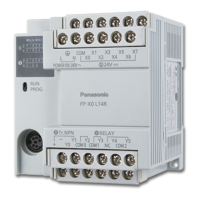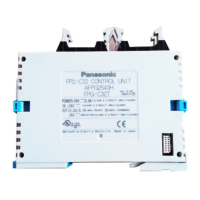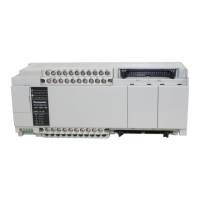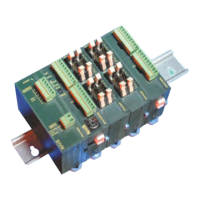Basics
51
1.4.3 DUT
A DUT (data unit type) is composed of several elementary data types which may differ in type.
1.4.3.1 Creating DUTs
1. Object New DUT or
2. Enter DUT name
If desired, select the check box for DUTs with overlapping elements (see page 53).
3. [OK]
4. Open the ne
w DUT from the "Project" pane
5. Declare variables for the DUT
6. Object Check or
1.4.3.2 Using DUTs in the global variable list
1. Open "Global variables" from "Project" pane
2. Enter a new line with
or , if necessary
3. Under "Class", select "VAR_GLOBAL"
4. Under "Identifier", enter a symbolic name
5. Enter FP address or IEC address
The first element of the DUT determines the address type: for BOOL type elements, assign a 1-bit
address (e.g. R10), for other data types assign a 16-bit address (e.g. WR1). If you assign an
address, DUTs with non-overlapping elements must consist entirely of BOOL type elements, or
entirely of non-BOOL type elements.
6. Under "Type", select
to open the "Type selection" dialog
7. Under "Type Class", select "Data Unit Types"
8. Under "Type", select the desired DUT
9. [OK]
10. Under "Initial", select
to open the "Data Unit Initial Values" dialog
This dialog shows how the individual variables have been defined in the DUT. You can only change
the initial values for one single variable (not for the DUT).
11. Change initial value for the desired variable, if necessary
12. [OK]
13. Under "Comment", enter a text, if desired
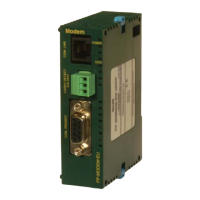
